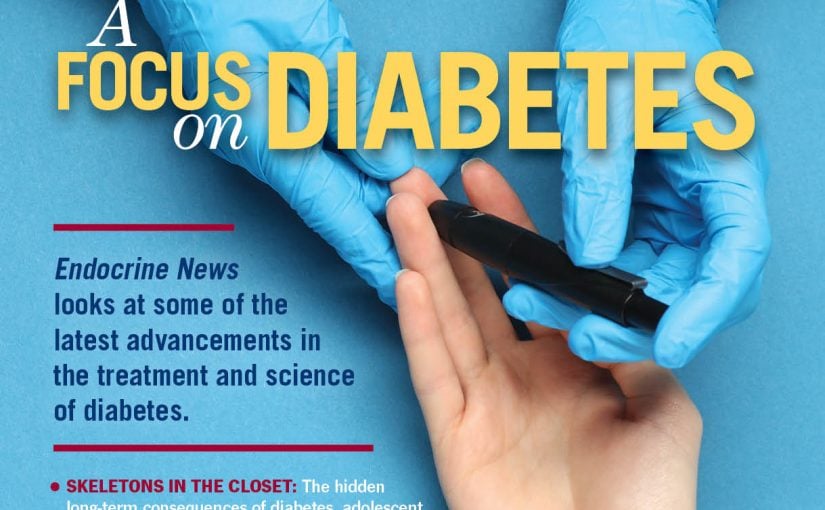Salivary cortisol and cortisone can be valuable tools in diagnosing adrenal insufficiency (AI), offering non-invasive options for screening and potentially avoiding the need for ACTH stimulation tests in some cases, states a recent study in The Journal of Clinical Endocrinology and Metabolism.
Adrenal insufficiency (AI), such as in cases of Addison’s disease and Congenital Adrenal Hyperplasia, is a potentially serious condition characterized by inadequate cortisol production. Traditionally, AI diagnosis relies on serum cortisol (s-cortisol) levels, especially following stimulation with synthetic adrenocorticotropic hormone (ACTH) called cosyntropin. While the ACTH stimulation test is the gold standard for diagnosing AI, it requires a visit to a medical facility and can be inconvenient and costly for some patients. However, salivary cortisol (sa-cortisol) and salivary cortisone, which are non-invasive and reflect the biologically active free hormone, have shown strong correlation with s-cortisol. Despite this, validated reference ranges and cutoffs for salivary steroid measurements in healthy individuals have been lacking, limiting their diagnostic use.
This study, “Utility of Salivary Cortisol and Cortisone in the Diagnostics of Adrenal Insufficiency,” aimed to establish reliable cutoff levels for sa-cortisol and cortisone following cosyntropin stimulation and to evaluate their diagnostic performance in identifying AI. Researchers analyzed salivary steroid levels in 128 healthy individuals, including 16 women on oral estrogen therapy, and 59 patients under evaluation for suspected AI. Of the patient group, 26 were ultimately diagnosed with AI using standard serum cortisol-based diagnostic criteria.
Salivary steroid levels were measured using highly sensitive and specific liquid chromatography tandem mass spectrometry (LC-MS/MS) before and after a standard 250-µg cosyntropin stimulation. The diagnostic cutoff for AI was defined as the 2.5th percentile of post-stimulation salivary cortisol in healthy individuals not using oral estrogens.
A salivary cortisol level of ≥12.6 nmol/L, 60 minutes after cosyntropin administration, reliably indicated a normal adrenal response. This cutoff demonstrated a diagnostic accuracy of 89%, with 85% sensitivity and 90% specificity. Comparatively, salivary cortisone and the combined measure of salivary cortisol and cortisone offered lower diagnostic performance, making sa-cortisol the superior marker.
Further analysis showed that the relationship between sa-cortisol and s-cortisol followed a segmented pattern, best modeled with two regression lines. A notable breakpoint emerged at sa-cortisol 9.7 nmol/L and s-cortisol 482 nmol/L, likely reflecting saturation of cortisol binding globulin (CBG), which influences serum but not salivary cortisol. This suggests that sa-cortisol could offer a clearer picture of adrenal function at higher hormone levels, unaffected by CBG variability.
Interestingly, in the subset of healthy women on oral estrogens, the relationship between sa- and s-cortisol remained linear without evidence of CBG saturation. This finding supports the particular value of salivary testing in women on estrogen therapy, a group in which serum cortisol levels can be misleading due to elevated CBG levels.
Although 17 healthy individuals repeated the cosyntropin test and displayed consistent overall results, reproducibility metrics such as the intraclass correlation coefficient indicated poor individual-level test-retest reliability. This suggests that while group-based cutoff values are robust, individual results may vary and should be interpreted in clinical context.
While salivary cortison and cortison in AI diagnosis is promising, it is still evolving, with validated reference ranges for healthy individuals still being developed. Eventually waking salivary cortisone can be used to screen AI as well as monitor the effectiveness of hydrocortisone replacement therapy in AI patients.

